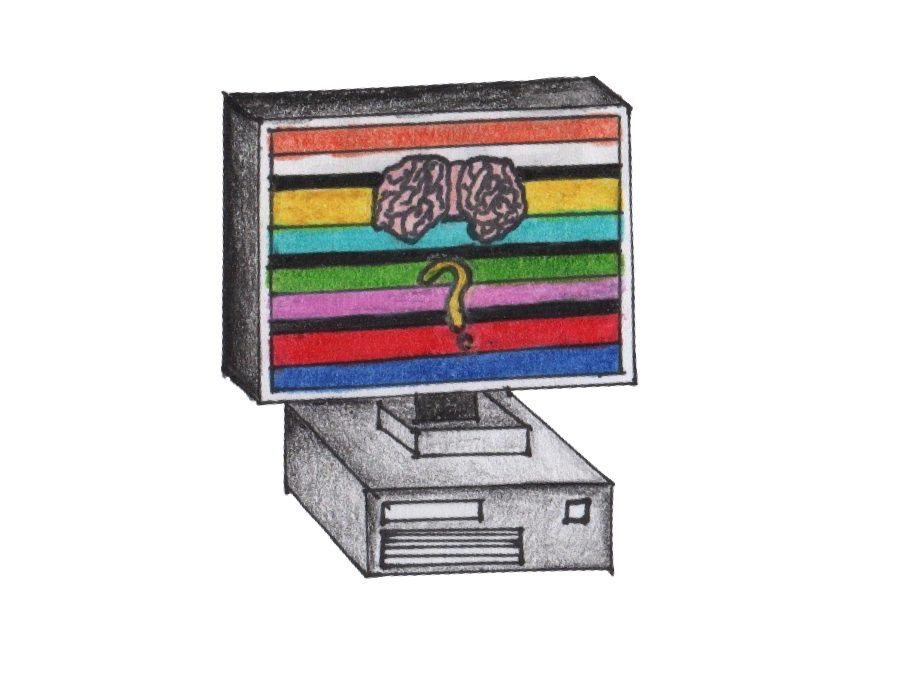Are Computers Confusing or Clever?
October 30, 2017
As we integrate ourselves into the 21st century, the Internet and its subsequent technologies are all things that we can’t avoid. Be it in the form of an app, a website, or the Chromebooks that have been distributed in our district, we’ve slowly begun to transition from pencil and paper to QWERTY keyboards. But is this really a good way to go? Should we stick with the tried-and-true methods of traditional education, or embrace this leap into the world of ones and zeros?
There are, in fact, many redeeming qualities about digitizing the education system in the U.S. There are no limits as to when you can access the information you need, thus doing away with things like a teacher’s after-school hours. The use of technology also allows students to branch out to different subjects that interest them, giving them a personalized education experience that caters to their specific learning styles and speeds, and providing an up-to-date database of information that textbooks might not provide in a traditional school setting. Such an approach also encourages more hands-on and independent learning for children and teens, by providing them with information that’s accessible anytime, anywhere. Technology also provides easier access not only for the student, but their teachers as well, because now they can share materials with other educators, find intriguing examples from the Web to enhance their lessons. On top of it all, the connections they can form with parents through the Internet are all valuable tools that a teacher can now use to their advantage. Teachers can also give their pupils real-time advice through programs like Google Classroom, answering any questions that arise and provide extra assistance to those who need it.
However, things aren’t always smooth sailing when you throw mobile devices into a mob of children. There will always be concerns detailing the overexposure and distractions that kids are subjected to on the Web, as well as the incidents of plagiarization and other forms of cheating; firewalls and device administration services can only go so far in situations like these. As for the apps, websites, and devices themselves, there also exists some issues like compatibility and interoperability— there’s rarely anything that works well with other systems designed by other companies, causing confusion for the students, parents, and teachers who use them. Some digital programs require teachers to receive special training or certification, overcomplicating the process; there’s also the problem of weighing the benefits with the enormous price tags that come with maintaining hardware and software fees. Plus, when students lack Internet access, they’d be left in the dark and fall behind the rest of their class— something that can be easily remedied with some extra one-on-one time with a teacher and a physical textbook.
And so, whether you’re whether you’re tapping out an essay on your laptop, or breaking your pencil lead over an algebraic equation, just keep in mind the benefits and issues of technology and traditional education, and work out what the best method of learning is for you.
Graphic by KOBE YU

